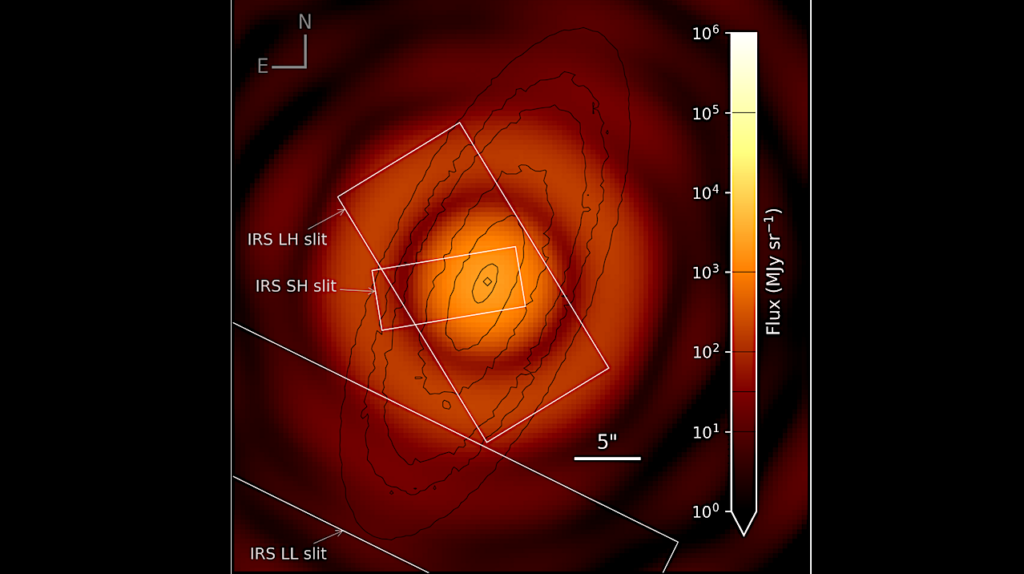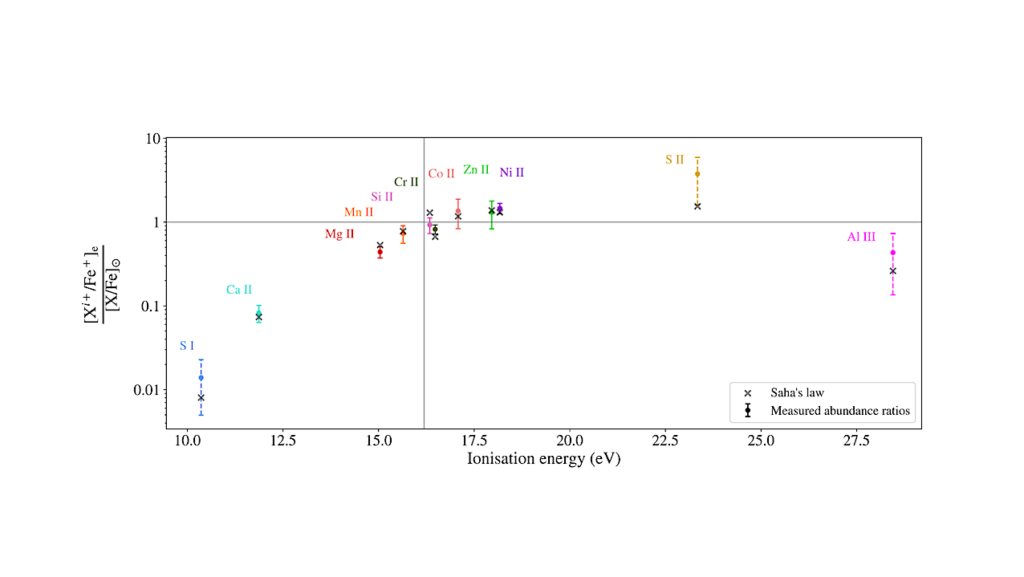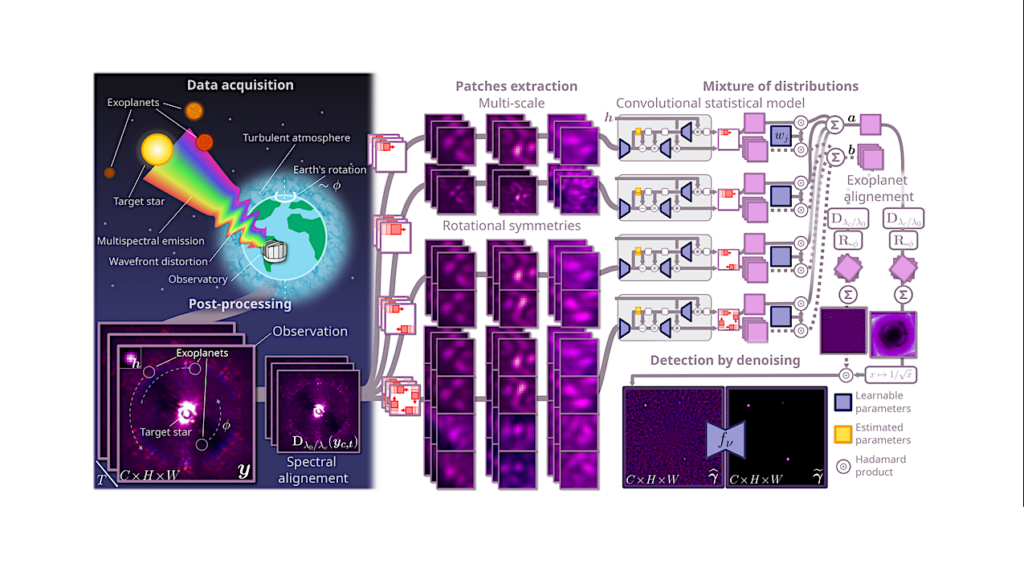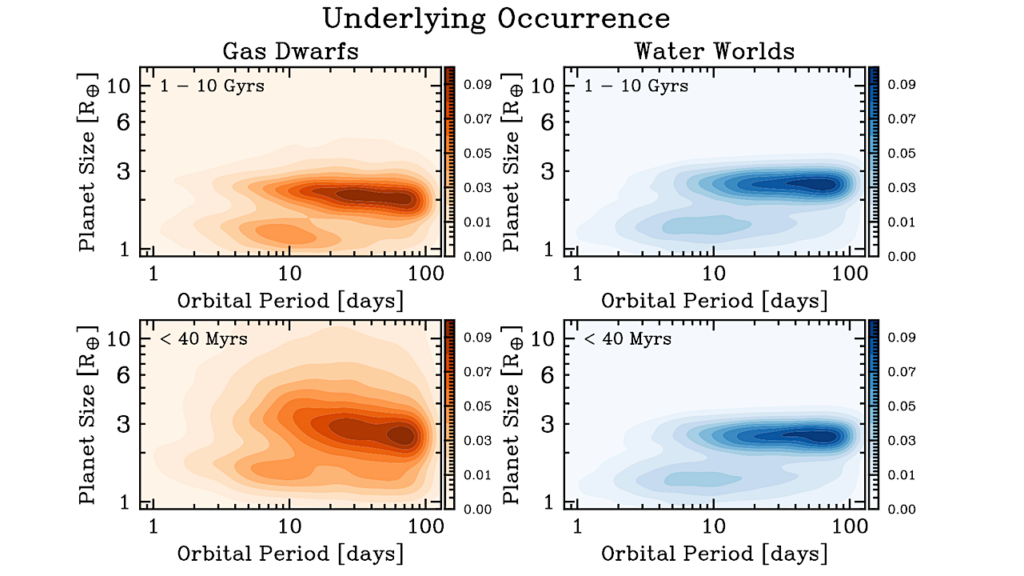Optical Transmission Spectroscopy of the Terrestrial Exoplanet LHS 3844b from 13 Ground-Based Transit Observations

Atmospheric studies of spectroscopically accessible terrestrial exoplanets lay the groundwork for comparative planetology between these worlds and the Solar System terrestrial planets.
LHS 3844b is a highly-irradiated terrestrial exoplanet (R=1.303+/-0.022R_Earth) orbiting a mid-M dwarf 15 parsecs away. Work based on near-infrared Spitzer phase curves ruled out atmospheres with surface pressures >/=10 bars on this planet. We present 13 transit observations of LHS 3844b taken with the Magellan Clay telescope and the LDSS3C multi-object spectrograph covering 620-1020 nm.
We analyze each of the 13 data sets individually using a Gaussian process regression, and present both white and spectroscopic light curves. In the combined white light curve we achieve an RMS precision of 65 ppm when binning to 10-minutes. The mean white light curve value of (Rp/Rs)^2 is 0.4170+/-0.0046%. To construct the transmission spectrum, we split the white light curves into 20 spectrophotometric bands, each spanning 20 nm, and compute the mean values of (Rp/Rs)^2 in each band.
We compare the transmission spectrum to two sets of atmospheric models. We disfavor a clear, solar composition atmosphere (mu=2.34) with surface pressures >/=0.1 bar to 5.2-sigma confidence. We disfavor a clear, H2O steam atmosphere (mu=18) with surface pressures >/=0.1 bar to low confidence (2.9-sigma).
Our observed transmission spectrum favors a flat line. For solar composition atmospheres with surface pressures >/=1 bar we rule out clouds with cloud-top pressures of 0.1 bar (5.3-sigma), but we cannot address high-altitude clouds at lower pressures. Our results add further evidence that LHS 3844b is devoid of an atmosphere.
Hannah Diamond-Lowe, David Charbonneau, Matej Malik, Eliza M.-R. Kempton, Yuri Beletsky
Comments: 16 pages; 8 figures; accepted to AJ
Subjects: Earth and Planetary Astrophysics (astro-ph.EP)
Cite as: arXiv:2008.05444 [astro-ph.EP] (or arXiv:2008.05444v1 [astro-ph.EP] for this version)
Submission history
From: Hannah Diamond-Lowe
[v1] Wed, 12 Aug 2020 17:12:07 UTC (1,774 KB)
https://arxiv.org/abs/2008.05444
Astrobiology








